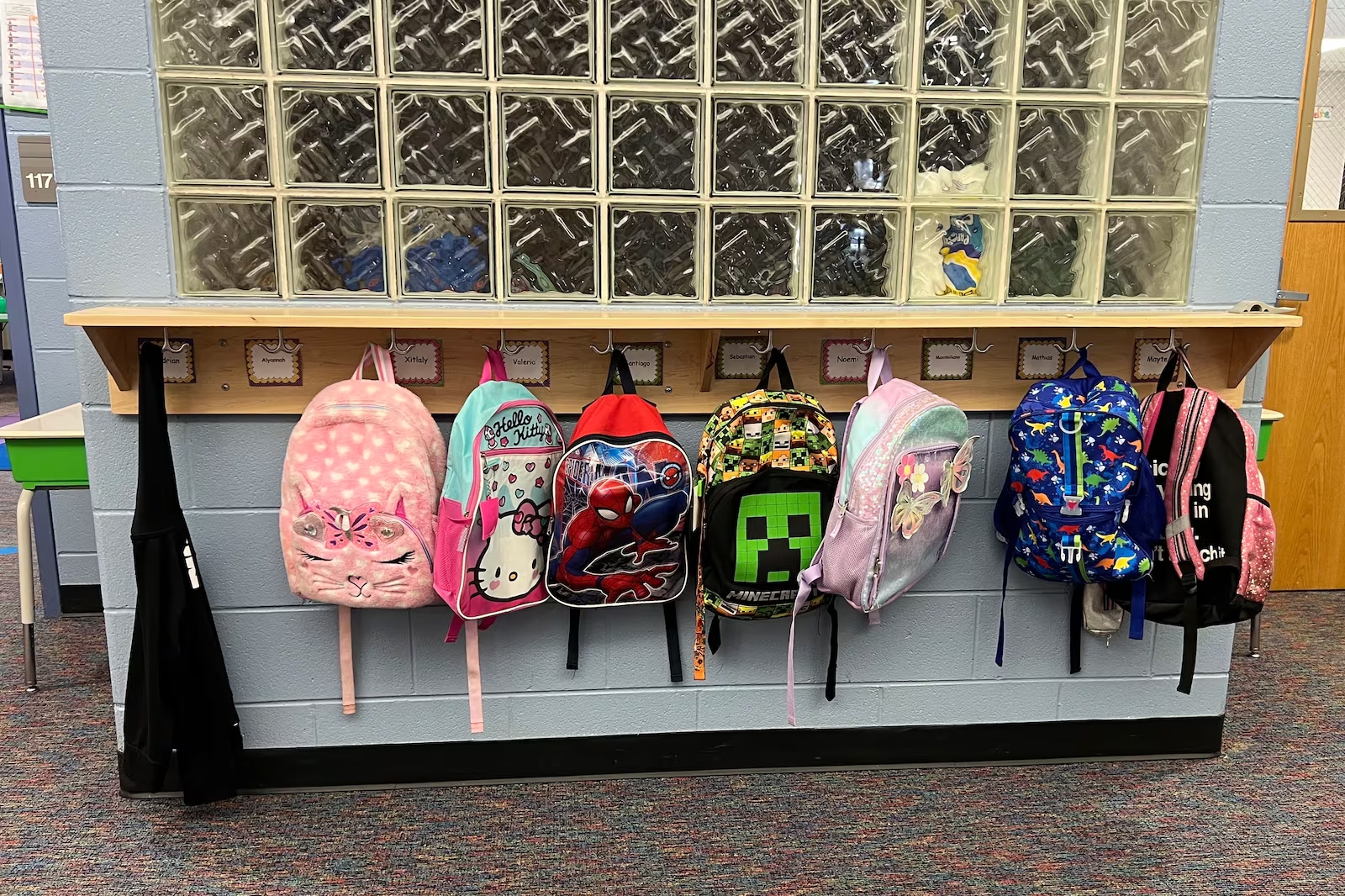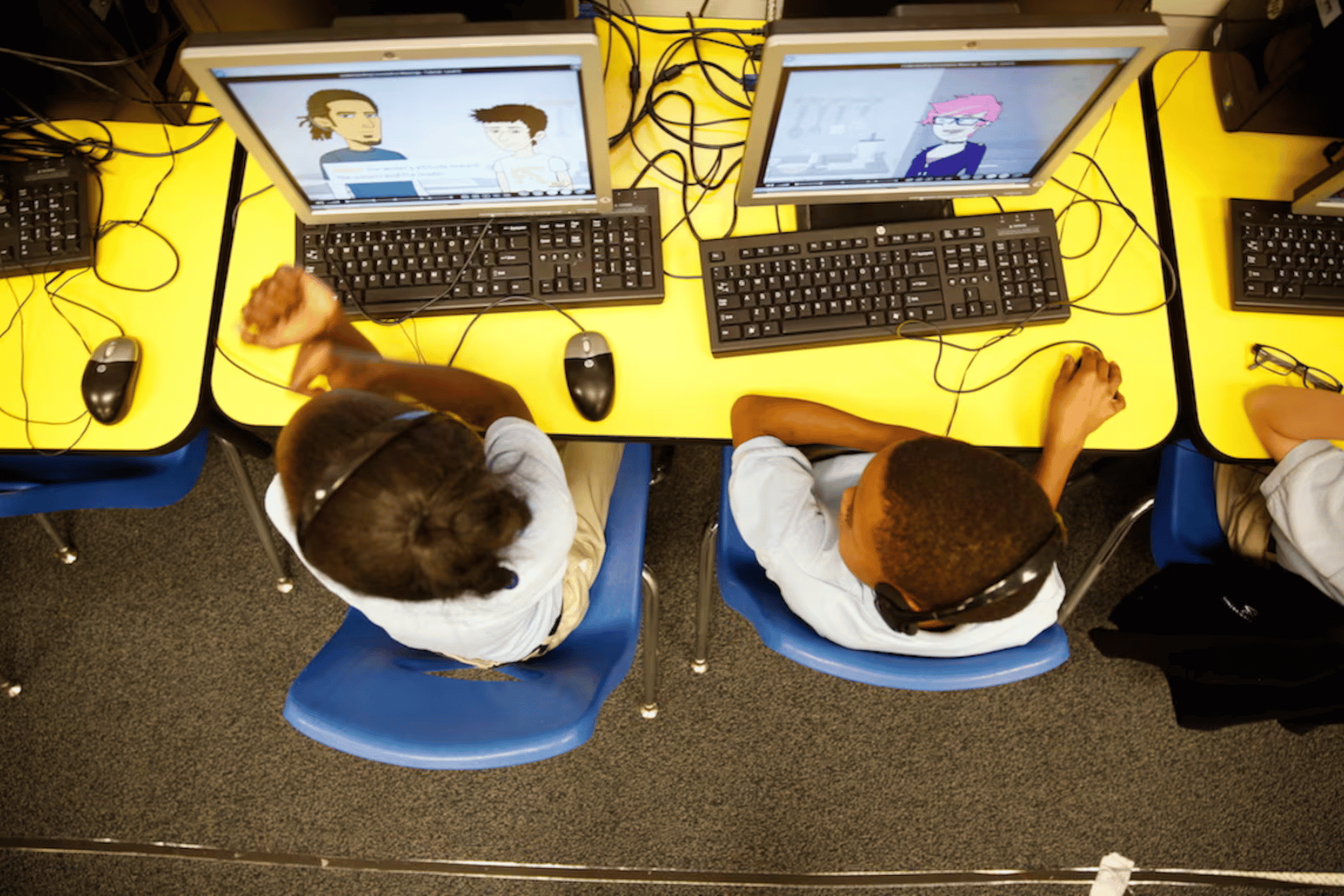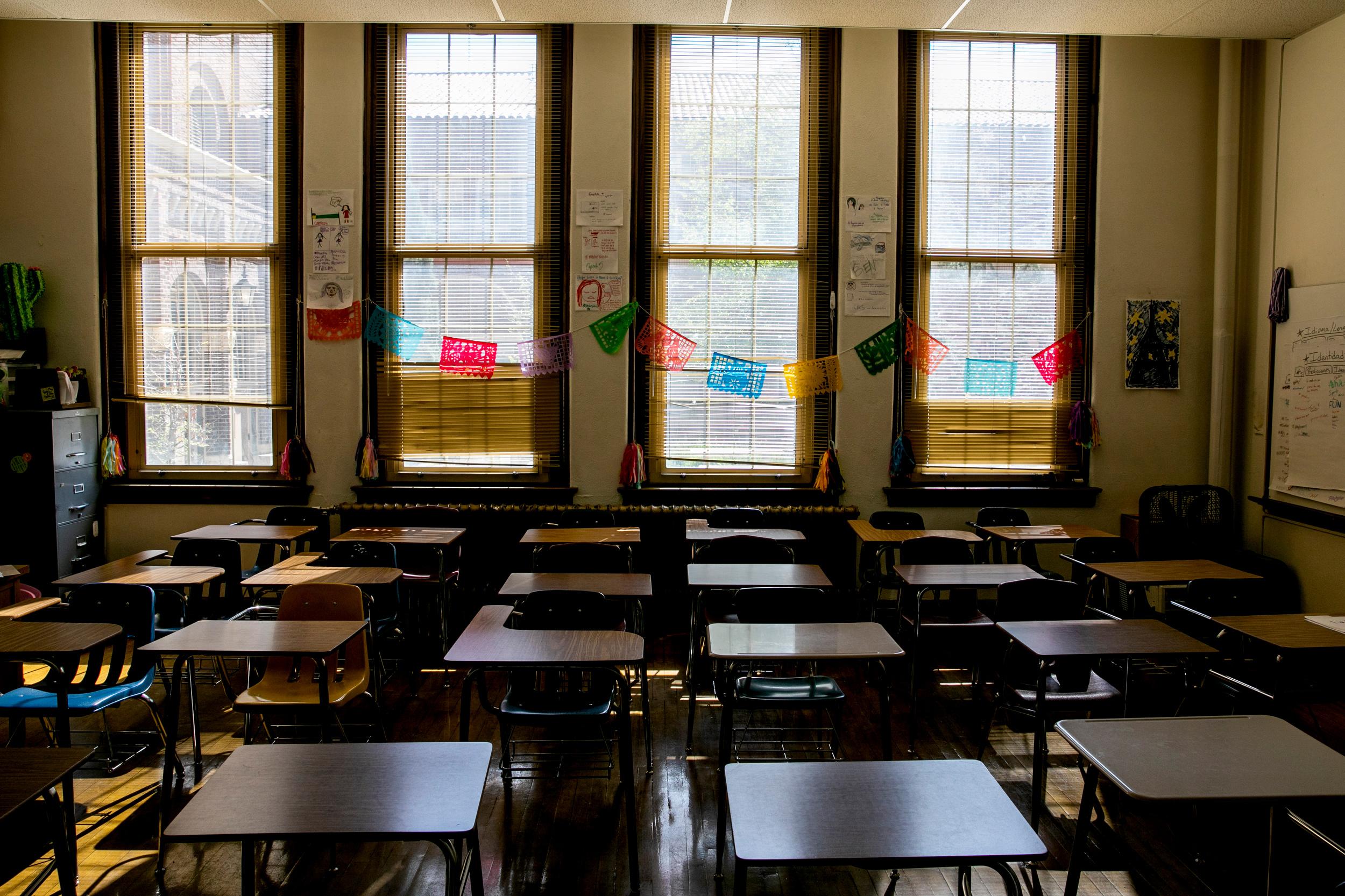
The coronavirus mauled Colorado’s state budget. Through tears and tough choices, House lawmakers have already passed the so-called long bill which takes a big bite out of education. It’s now the state Senate’s turn to wrangle with the line item jigsaw of cuts.
The rest of June will be tough for school districts. They await the final number that will define the size of cuts they face with bated breath.
Educators like Denver social studies teacher Gerardo Muñoz say the havoc wreaked by COVID-19 on schools has been a generation in the making and felt along racial and class lines. Every time there is a downturn, every time there is a recession, he said, schools bear the brunt of the cuts. And because of societal disinvestment in education, the repercussions will be big.
“The real catastrophe is that we were not in a position as a school system to address this catastrophe when it came,” Muñoz said.
Colorado spends about $2,700 per pupil less than the national average. Adjusted for inflation, it spends about $600 less per pupil than it did in 2008. Now, schools face a possible reduction of another $800 per student.
Voters have turned down several statewide tax increases for schools, despite the fact that education funding was used to help lawmakers balance the entire state budget. Altogether, the state has withheld more than $8 billion from schools since 2008. By the end of the 2020 legislative session, the state may end up more than $1 billion below its annual obligation to districts.
The state is behind on its education spending and it knows it.
Yet, the enormity of the hole blown in the budget by the pandemic is incomprehensible, said Democratic state Sen. Rachel Zenzinger. And it will make it doubly hard to catch students and schools up, even as budget negotiators tried to prioritize education.
“We really did that by cutting other priorities but we did that because we recognized that education funding was at the bottom and we had not actually paid back the cuts to education that we took years ago in our last recession,” she said.
Even so, any cuts will come at a price, leaving public schools unable to meet the needs of their most vulnerable students.
“Education is the one thing that can take us to college and get us jobs,” said eighth-grader Django Hope a student at Denver’s DCIS Baker school.
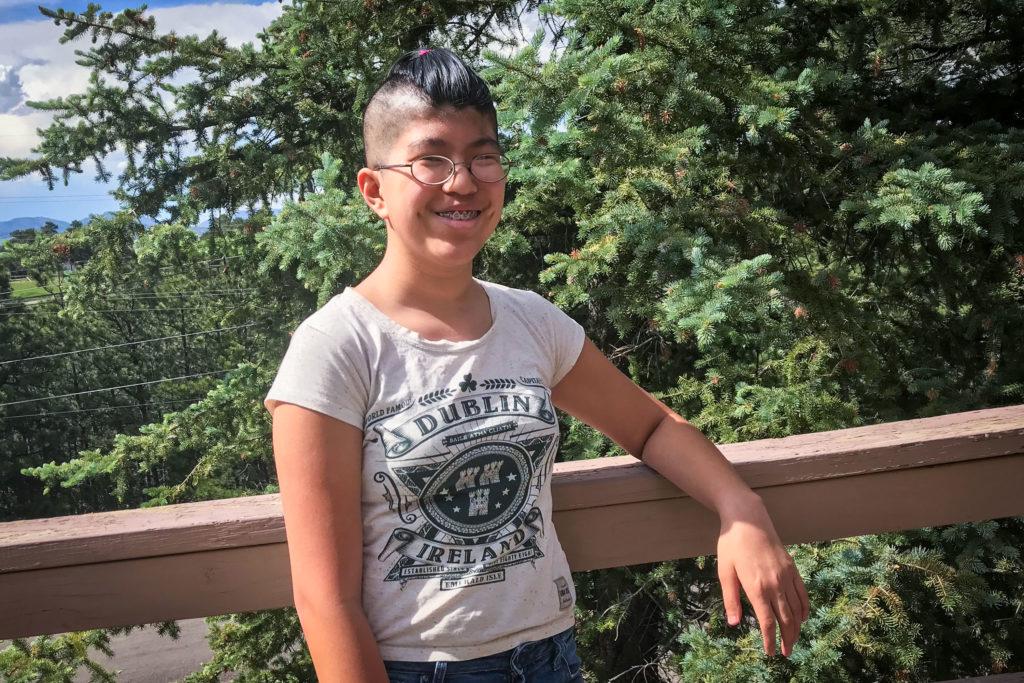
She wants lawmakers to understand that schools aren’t just places of education. They are community centers. They are places where students get mental health support, food and sometimes shelter from violence and instability.
“Schools are, for a lot of students who don't have much, the closest things to actual homes where they can see friends, get an education, have a roof over their head, even if it's just for a few hours a day. And for a lot of us, school is the best thing that could have ever happened to us.”
A lot of Colorado school children live in poverty. More than 41 percent qualified for free and reduced-price lunch in 2019. Eighty-nine percent of those children are children of color. Educators expect the number of children in poverty to rise significantly because the coronavirus has left many low-wage workers jobless.
It’s too early to tell, but the extra money schools get for their at-risk students, many of whom are students of color, could make up part of the proposed $724 million cut lawmakers are currently debating. There’s also the possibility there will be an increase in the ‘debt’ owed to schools, called the budget stabilization factor, that will disproportionately impact rural districts.
As Muñoz sees it, any further cut to school budgets further destabilizes communities.
“Historically the state of Colorado believes that young men and women, boys and girls of color are disposable, that we can continue to take from their schools without any kind of repercussion,” he said.
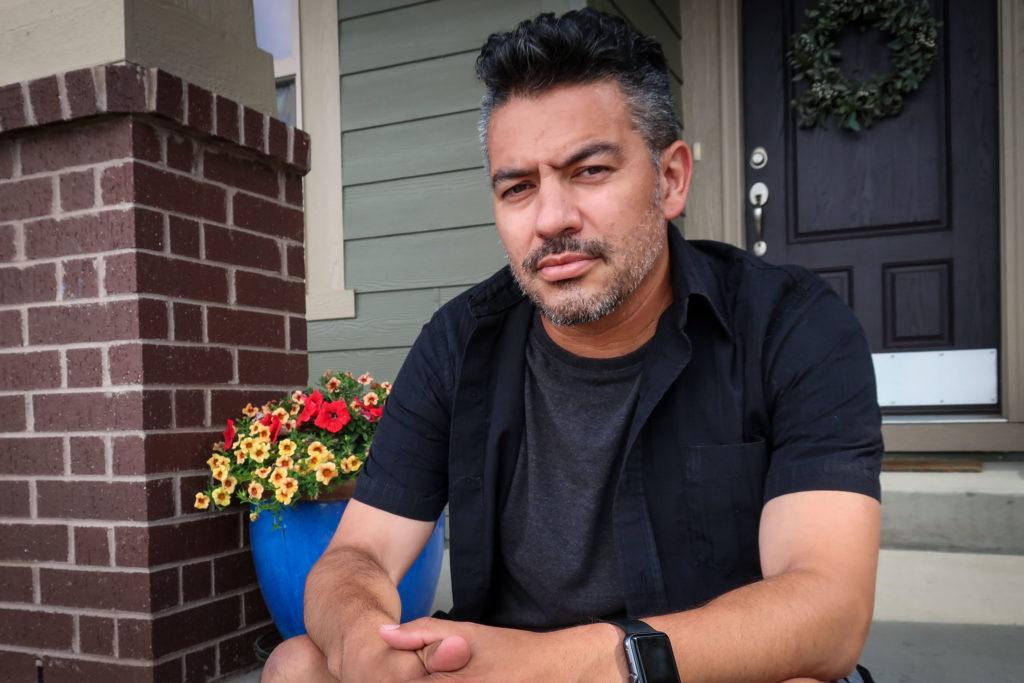
Educators say schools have no fat to cut. Colorado Rural Schools Alliance director Michelle Murphy said the “cuts are dire” and will affect personnel, service and supports that were already in crisis.
“Rural districts, particularly smaller rural districts, have far less fat to trim,” she said. “We were running lean prior to COVID, so now, there’s nothing left to cut short of impacting students in the classroom directly.”
On the table in some districts are things like programs to help underserved youth get into college or electives like fine arts and physical education.
Englewood Schools, where 62 percent of students qualify for free and reduced-price lunch, is contemplating cutting its AVID program, a nonprofit college readiness program that has helped thousands of students get into college, and 10 full-time staff members.
Aurora Public Schools teacher Yolanda Calderon said cutting electives means schools don’t value the whole child, their ability to sing and dance and express their lives.
So far, APS is not currently considering “substantial budget reductions” but there is still a lot of “uncertainty for 2020-21 and subsequent years,” according to a district spokesperson. Already, Calderon said Aurora middle schools each only have one teacher responsible for choir, band and orchestra.
“When we are denying these students access to the arts, we are perhaps holding back the next great instrumentalist, the next great conductor. We could have the next (Mexican conductor) Alondra de la Parra, the next (Venezuelan conductor) Gustavo Dudamel, in our classrooms, but only if we give them a chance,” she said.
Some rural districts, many of which have high numbers of low-income students, are discussing eliminating music, art, Spanish and agriculture, combining grades, decreasing interventions for English Language Learners and cutting teachers and counselors.
Many low-income students are painfully aware of inequities between districts, said Denver high school student Devani Dominguez.
“There's other schools like Cherry Creek where they have a mechanics class, where they get to explore....an airplane,” she said. “I don’t know, I’m just hearing about all these things, like they have a kitchen where they get to cook. We don't get that. We don't get to explore our interests. We don't get to see what we want to do in the future.”
While some Denver Public Schools do provide electives, not every school does. Even in a larger district, there aren’t enough resources to adequately meet the needs of every child, which means there are inequities even within the borders of districts.
As DPS puts together various budget scenarios, it appears board members lean toward big-ticket items like furlough days, which effectively cut teacher pay, rather than cutting programs. It is still soliciting feedback from the community.

But Gerardo Muñoz said schools now don’t have the ability to provide even the basics.
“Our school no longer has a full-time social worker. Our school no longer has a full-time nurse.”
Teachers and school leaders worry that proposed staggered schedules in the fall — two days at school, three days remote — could have disastrous effects on low-income populations.
“About a third of my students have not engaged in online learning and remote learning since we went out of buildings on March 13,” Muñoz said. “They have disappeared. They disappeared without a trace.”
Some students got discouraged quickly when they had technology problems. In Colorado, at the outset of the pandemic, one in 20 students didn’t have internet access at home. Or they had to work. Or take care of younger children.
Dominguez thought that many of her classmates didn’t engage because they didn’t like the idea of learning remotely.
“It makes you give up like you're not motivated to do the work,” she said. “And that's what school did for us. That’s what teachers did for us, they motivated us to get the work done. They pushed us like, ‘why aren't you doing your work?’”
It is Muñoz’s hope that going into the fall, they’ll be more time to prepare students for remote learning. The federal stimulus money for schools this year could help with technology needs. It won’t prevent teacher furloughs and staff cuts but approved uses include the addition of instructional hours for vulnerable and at-risk children and youth in both summer and the school year.
School districts, though, still report they struggle to understand precisely how that money can be used. And that money, they say, is only for this year, bringing even deeper cuts for the 2021/22 school year.
Editor's Note: A quote from Gerardo Muñoz that relayed an incorrect statement in regards to his school having a psychologist on staff has been removed.

